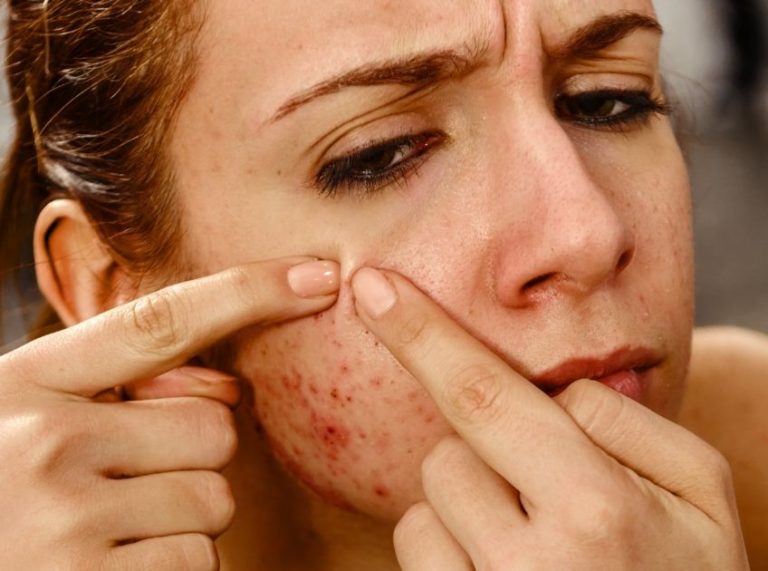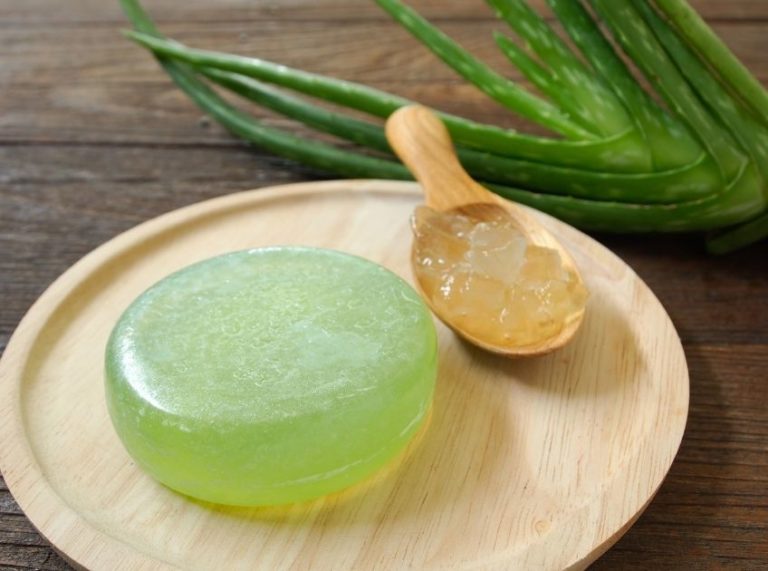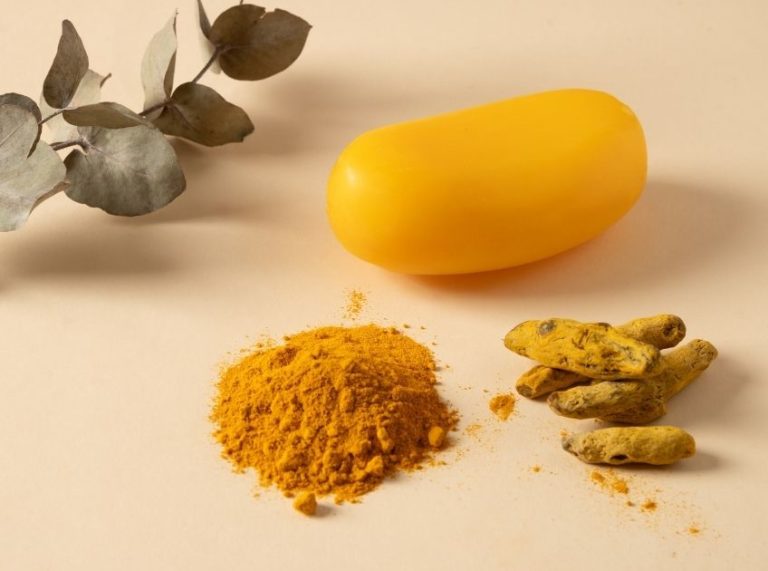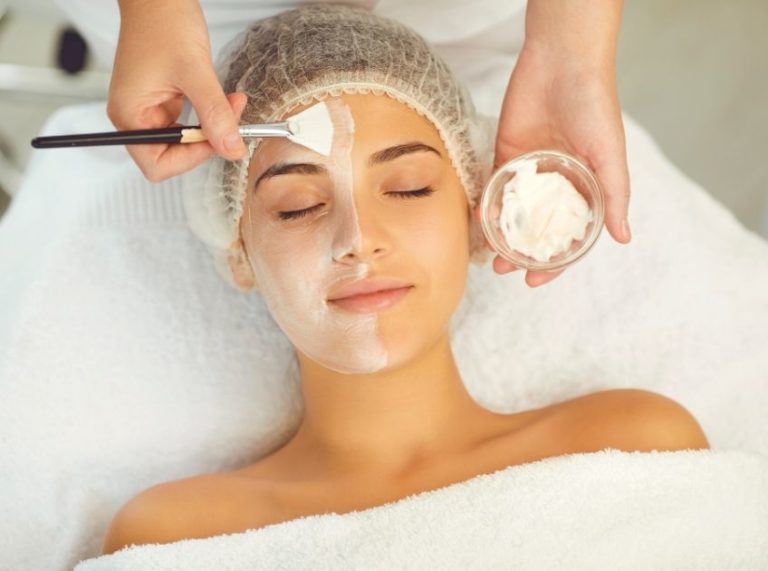
Important: This article is for informational purposes only. Please read our full disclaimer for more details.
Struggling with stubborn cellulite on your thighs or buttocks? You’re not alone—and nature might just have the answer. Aloe vera and coconut oil are praised for their skin-smoothing properties. This DIY guide explores simple, natural ways to help reduce the appearance. Ready for real skin transformation?
Tired of Cellulite? Try This Natural Duo
If store-bought creams aren’t cutting it, aloe vera and coconut oil may offer relief. These ingredients work synergistically to hydrate, tighten, and smooth the skin. With regular use, they may help reduce the dimpling caused by cellulite—without harsh chemicals.
Why Use Aloe Vera and Coconut Oil for Cellulite?
- Deeply hydrates dry, crepey skin
- Boosts circulation for improved skin tone
- Rich in antioxidants that help fight inflammation
- Soothes and softens the skin for a smoother feel
- Encourages collagen production for firmer texture
Ingredient Breakdown: What Makes Them So Effective?
- Aloe Vera: Contains aloesin and plant sterols known to reduce inflammation and promote healing. Its high water content hydrates and plumps skin (1).
- Coconut Oil: Rich in medium-chain fatty acids like lauric acid that penetrate deeply, nourish the skin, and support collagen production (2).
Backed by Science: What Studies Say
- A study published in Phytotherapy Research found that aloe sterols improve skin elasticity and increase collagen production (3).
- Coconut oil has demonstrated anti-inflammatory and skin barrier-repair properties, according to research in the International Journal of Molecular Sciences (4).
- These benefits can indirectly support smoother skin, potentially reducing cellulite’s visibility.
When Should You Stop Using It?
- If you experience itching, redness, or breakouts, discontinue use immediately.
- Avoid applying on broken or freshly shaved skin, as it may cause irritation.
- If your skin feels excessively oily or clogged, reduce application frequency.
Adjust as Needed for Best Results
- For dry skin: Add more coconut oil
- For oily or acne-prone skin: Use more aloe vera, less oil
- For a thicker texture: Add a few teaspoons of shea butter or beeswax
- For exfoliation: Mix in a pinch of ground coffee or sugar
Which Skin Types Benefit Most?
- Best for: Dry, combination, and normal skin types
- Caution for: Oily and acne-prone skin (do a patch test)
- Not ideal for: Highly sensitive or broken skin
Is It Safe?
Yes—for most users. Both aloe vera and coconut oil are generally safe when applied topically.
However:
- Always do a patch test
- Use pure, organic ingredients
- Avoid contact with the eyes and mucous membranes
Top 3 DIY Aloe Vera & Coconut Oil Recipes for Cellulite
1. Simple Hydrating Cellulite Cream
Gentle and deeply moisturizing—perfect for daily use.
Ingredients
- 2 tbsp aloe vera gel
- 2 tbsp coconut oil
- 5 drops grapefruit essential oil (optional)
Directions
- Mix aloe and coconut oil in a bowl until creamy
- Add essential oil and stir well
- Store in a clean jar
How to Apply
- Massage into affected areas using circular motions
- Apply daily after shower
- Leave on overnight
- Store in a cool place
2. Firming Coffee Cellulite Scrub
Boosts circulation while exfoliating dead skin cells.
Ingredients
- 1 tbsp aloe vera
- 1 tbsp coconut oil
- 1 tbsp ground coffee
- 1 tsp brown sugar
Directions
- Combine all ingredients into a gritty paste
- Mix thoroughly
- Use immediately for best effect
How to Apply
- Gently scrub onto cellulite-prone areas
- Leave on for 10 minutes
- Rinse with lukewarm water
- Use 2–3 times a week
3. Cooling Gel for Cellulite Tightening
Soothes and tones with a refreshing finish.
Ingredients
- 3 tbsp aloe vera
- 1 tbsp coconut oil
- 1 tsp witch hazel
- 3 drops peppermint essential oil
Directions
- Whisk ingredients together
- Store in an airtight container
- Chill before using for a cooling effect
How to Apply
- Apply a thin layer to the target areas
- Let it absorb fully
- Do not rinse
- Use twice daily
Smart Tips for Maximum Results
- Exfoliate before application to allow better absorption
- Stay hydrated to support skin health from within
- Massage deeply to stimulate lymphatic drainage
- Be consistent—results show over time
Dos and Don’ts
| Do’s | Don’ts |
|---|---|
| Do a patch test before use | Don’t use on irritated or broken skin |
| Use organic aloe and coconut oil | Don’t overuse essential oils |
| Apply daily after exfoliating | Don’t store in sunlight |
| Massage for at least 5 minutes | Don’t expect instant results |
Frequently Asked Questions (FAQ’S)
1. Can I use store-bought aloe vera gel?
A. Yes, but choose one with no added alcohol, fragrance, or artificial dyes.
2. How long does it take to see results?
A. Most people notice a difference after 4–6 weeks of consistent use.
3. Can I use it while pregnant?
A. Avoid essential oils. Stick to pure aloe and coconut oil and consult your doctor.
Cellulite is a natural occurrence, but with the right routine, its appearance can be improved. Aloe vera and coconut oil offer a safe, natural way to support smoother, firmer skin. Try these DIYs consistently—and give your skin the care it deserves.















